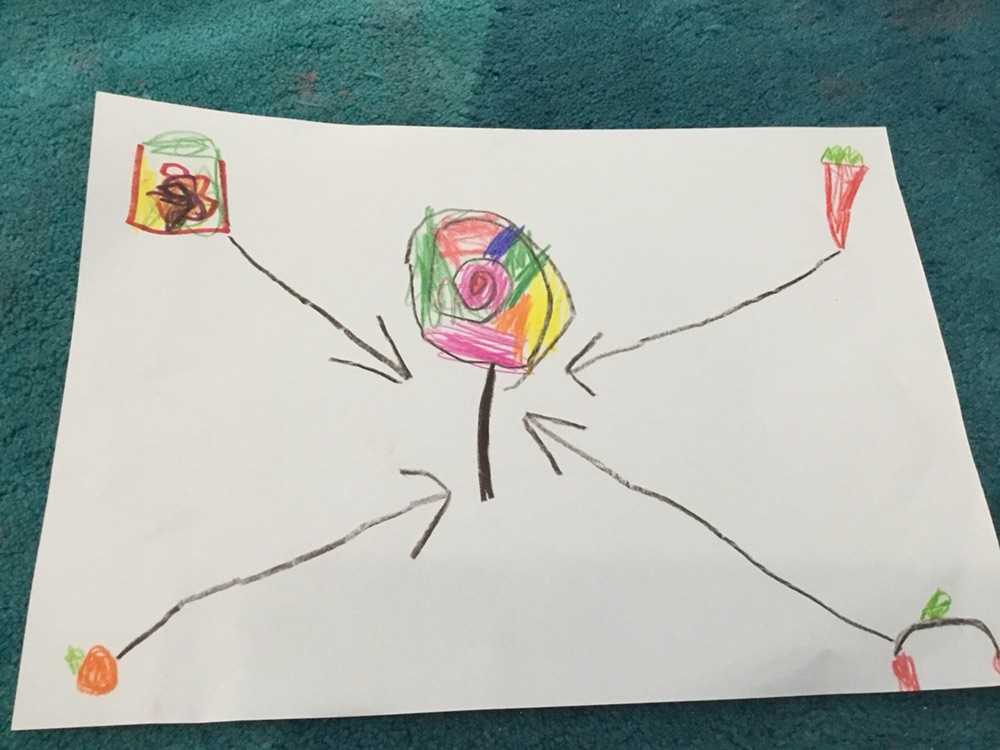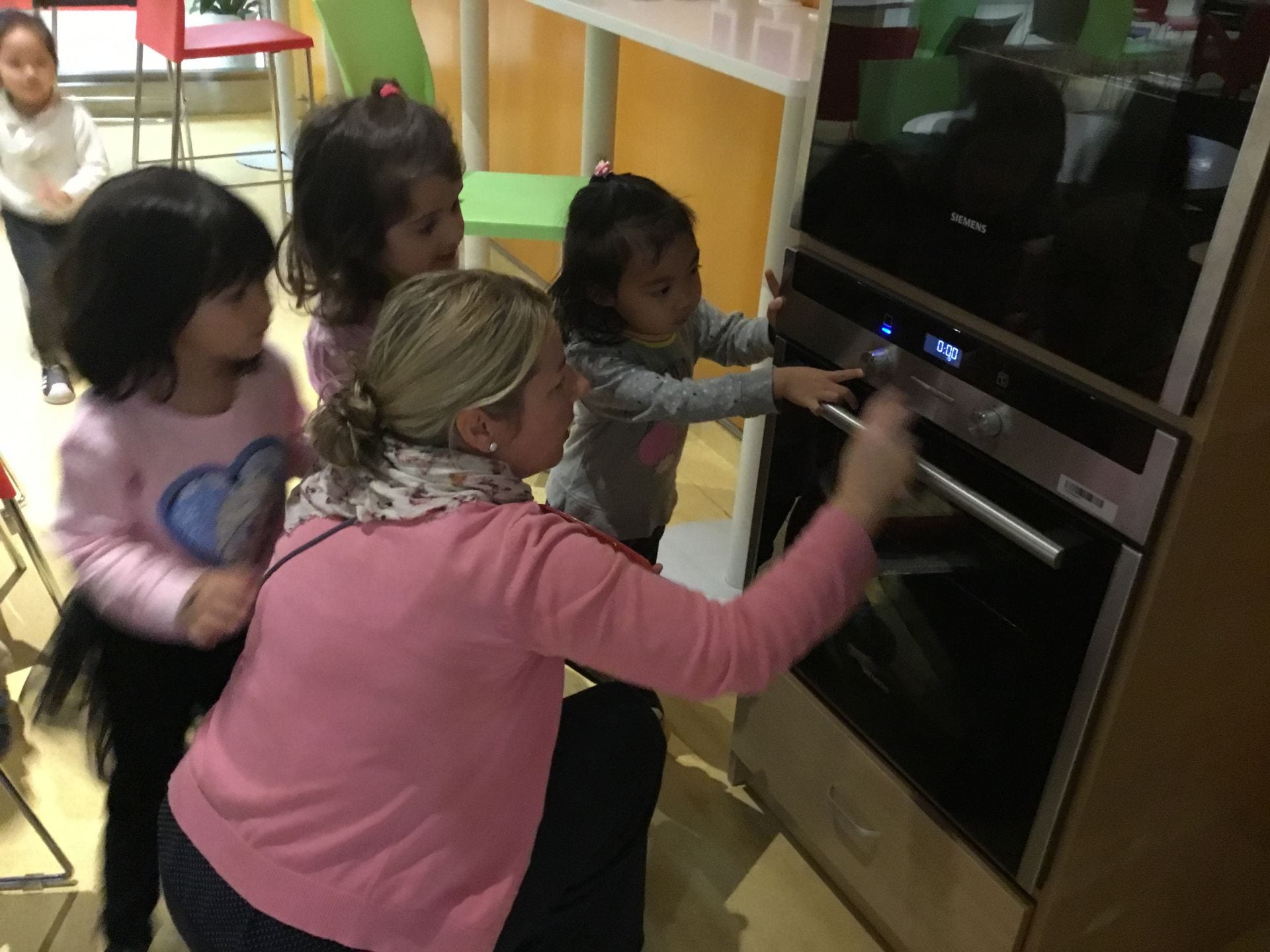Cake Pops
6 November, 2018
Inspired by the process of making pasta, the students decided to create their own recipe’s to make lollypops, cupcakes and cookies.
Research – Formulating and planning
- • Ask or express through play questions that can be researched.
- • Use all senses to observe and notice details.
- • Record observations—drawing, using emergent writing skills, marks or symbols using emergent writing skills.
Thinking – Analysing – Observe carefully.
Evaluating – Organize information.
Evaluating and communicating – Present information in a variety of modalities.
They decide to tell Ms. Angie (The Atalerista). How can we combine cakes and lollypops? We decide to make cake pops! Ms. Angie shows the students some pictures of cake pops. The students gather around her and are excited to try this new recipe.

A group of students went across the road to purchase the items needed to make the cake pops.
Thinking
- Analysing • Observe carefully.
- Evaluating • Organize information.
- Considering new perspectives • Seek information.
Freida “We went shopping because we have to buy all the stuff to make a cake. We bought eggs and chocolate and flour and sugar. And then bring it back to our school. Because we need to make them because they are so yummy.”
Jasmine “We need chocolate. We need ham and chocolate. We need to make cupcakes.
Felix “Buy the Suguo to make the lollypop.”
Sarah “With eggs and sugar and flour. We are make lollipops.”
Amber “Supermarket, to keep the cake. Eggs, too many. Chocolate, no eat, not to eat too much.”
Research – Formulating and planning • Use all senses to observe and notice details.
Then we started to make the cake pops!
Felix “Took a flour and eggs and chocolate. Then this cake. Like this lollypop.”
Nicolas “We had a bowl the chocolate, and we had some chocolate and some yellow thing like egg. The egg turned white and yellow and we put it in a bowl and then it was chocolate and we put candy on it.”
Lawrence “Mix to make cake pop.”
Amber “Flour, 6 flour. No eating flour, eating hurt me. The we put eggs, 3. Then we put water inside. No eating, drinking flour water. Because no eating 烤箱(explaining that you put it in the oven). 冰箱 里. (explaining that you put it in the fridge)”
Freida “We collect some eggs and then we need flour. Then we put some cake and then we melt the chocolate and then we mix it up with cake. Then we melt the chocolate and put it in the stick and put it inside and then we put the chocolate and put some sprinkles. The melter melts chocolate. Like my mummy just puts some chocolate, like Nutella.”
Social – Interpersonal relationships
- • Listen closely to others.
- • Sharing, taking turns.
- • Help others.
Communication
Listening
• Listen to information.
• Listen actively and respectfully to others’ ideas.
• Ask for clarifications.
Interpreting
• Interpret visual, audio and oral communication: recognizing and creating signs, interpreting and using symbols and sounds.
• Understand the ways in which images and language interact to convey ideas.
• Recognize the meaning of kinaesthetic communication (body language).
Speaking
• Express oneself using words and sentences.
• Participate in conversations.
• Negotiate ideas and knowledge with peers and teachers.
Reading, writing and mathematics
• Access a variety of sources for information and for pleasure.
• Document information and observations in a variety of ways.


















